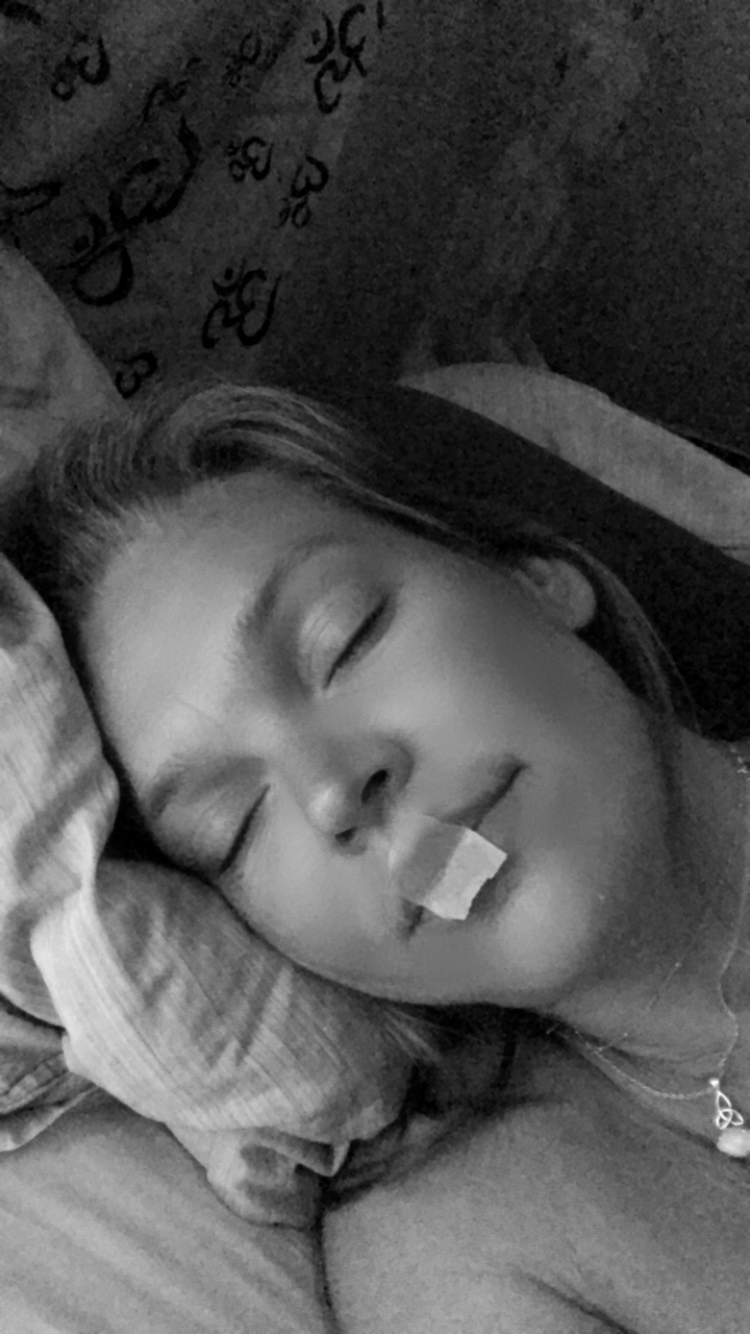Taping your mouth might seem scary for some, but the only reason we should start taping our mouth is to perform nasal breathing during sleep.
What’s the difference, I hear you thinking in mouth or nasal breathing?
First of all, nasal breathing is the most healthy way of breathing, in daily life, during sleep, sports, …
Through nasal breathing you:
- Filter out foreign particles, like dust, allergens, … to prevent them from entering your lungs.
- Humidify and warm the air which enhances the quality of your lungs.
- Breath lower, slower and deeper into your lower lungs which provides more oxygen to your cells.
- Enhance better sleep which will provide you with a higher energy in the morning.
- Produce a gas called nitric oxide, which increases blood flow, lowers blood pressure, improves brain function.
- Link to your parasympathetic nervous system, which switches the body to a more relaxed state.
- Lower your risk of snoring and sleep apnea.
- Support the correct formation of teeth and mouth.
Now imagine having all these healthy advantages during all your hours of sleep.
Now, how do you start?
I would suggest you start bringing on some tape (shown on picture) on your lips for a short period of time while awake, for example during meditation, reading a book, …
What kind of tape to use for sleep?
Try using a porous tape intended to use on human skin, hypoallergenic tape, surgical tape, athletic tape (example: Micropore).
Some companies recently have their own mouth tape for reducing mouth breathing (examples: Hostage tape, Zippit, Myotape and Moonbird).
Is nasal breathing doable for every person?
In some cases you might need to breathe through your mouth:
- if you have a deviated septum.
- if your nose is congested.
- if you have small nostrils.
- if you experience anxiety or feel claustrophobic when your mouth is taped.
Although on the congested nose I would like to give you a very simple ‘Quick Fix’-breathing technique that helps to clear a blocked nose:
- Sit on a straight-backed chair with an upright posture, shoulders relaxed. Close your mouth if possible and try to breathe gently through your nose during and after the exercise (breathe through pursed lips if your nose is completely blocked).
- Breathe in for two seconds and out for three seconds.
- Hold your breath pinching the nostrils lightly between thumb and forefinger.
- Hold on the out breath for as long as is release your fingers and comfortable and then resume very gentle breathing.
- Try to maintain nasal breathing after doing the exercise.

